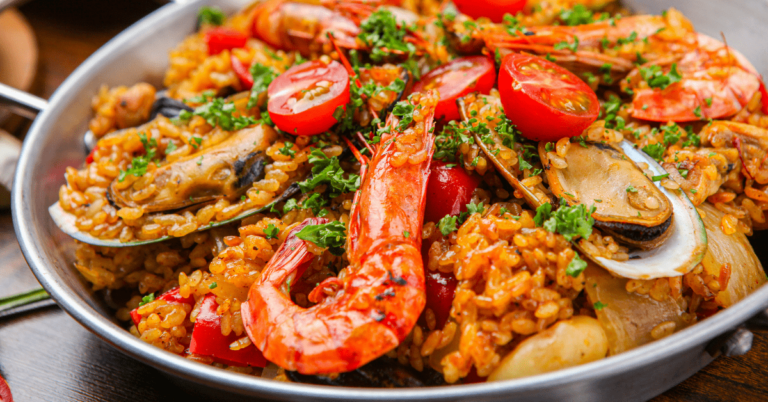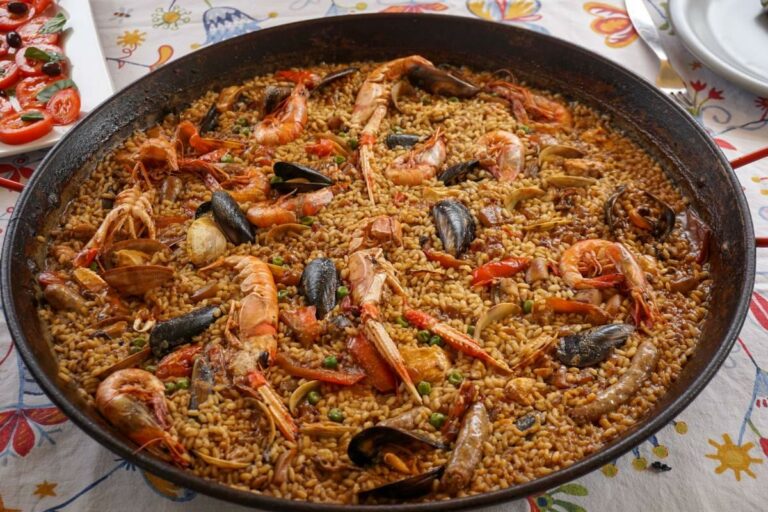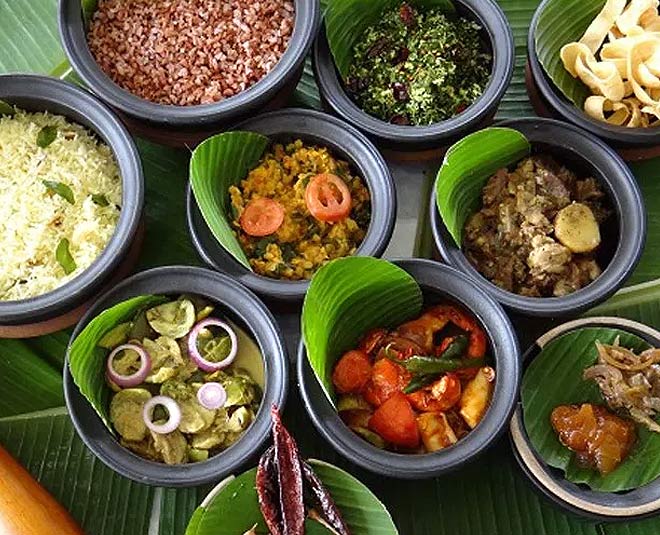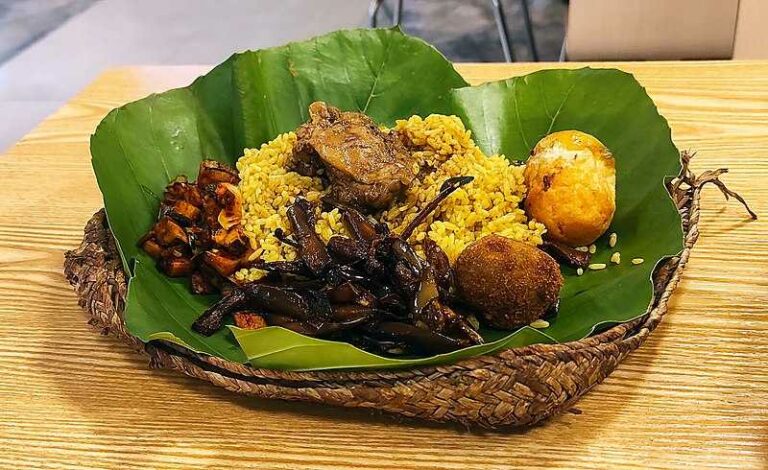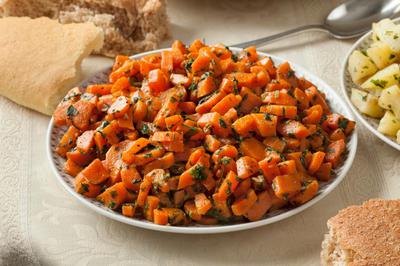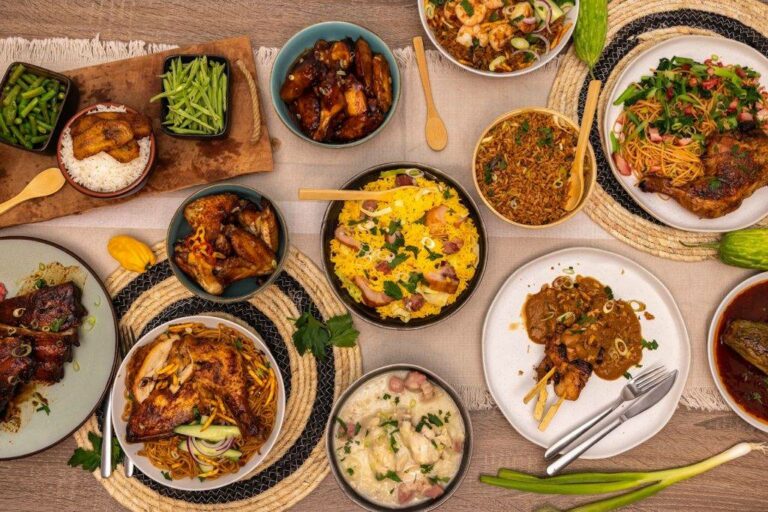Introduction: The Diversity of Spanish Cuisine
Spanish cuisine is renowned for its rich taste, unique ingredients, and diverse cooking methods. The culinary traditions of Spain are as diverse as its regions, each with its distinct flavor, aroma, and texture. From the seafood-rich dishes of coastal areas to the hearty stews of the mountainous regions, Spanish cuisine has something to offer for everyone.
The Role of Cooking Techniques in Spanish Cuisine
Spanish cuisine is known for its inventive and innovative cooking techniques that bring out the best in every dish. The use of fire, smoke, and slow cooking techniques is ubiquitous in Spanish cooking. The cooking techniques used in Spanish cuisine are a blend of traditional and modern methods that have been handed down from generation to generation.
The Use of Olive Oil in Spanish Cooking
Olive oil is an essential ingredient in Spanish cuisine. It is used in almost every dish, from sautéing vegetables to deep-frying seafood. The olive oil used in Spanish cooking is of the highest quality, rich in flavor and aroma. The use of olive oil in Spanish cuisine not only adds flavor to the dishes but also has numerous health benefits.
Slow Cooking: A Staple in Spanish Cuisine
Slow cooking is a staple in Spanish cuisine, and it is used to create some of the most flavorful dishes. The slow cooking process allows the flavors to develop and intensify, resulting in dishes that are rich in taste and aroma. The most common slow-cooked dishes in Spanish cuisine are stews, roasts, and braised dishes.
Grilling Techniques in Spanish Cuisine
Grilling is an integral part of Spanish cuisine, and it is used to cook a wide variety of dishes, from meats to vegetables. The grilling techniques used in Spanish cuisine are simple yet effective, using only a few ingredients to create dishes that are rich in flavor and aroma. Grilled meats and seafood are among the most popular dishes in Spanish cuisine.
The Art of Paella: A Unique Cooking Method in Spanish Cuisine
Paella is a unique dish that originated in Valencia, Spain, and it has become one of the most famous dishes of Spanish cuisine. Paella is a rice-based dish that is cooked in a large, shallow pan over an open flame. The dish is traditionally made with saffron, paprika, and a variety of seafood or meat. Cooking paella is an art form, and it requires patience, skill, and attention to detail. The dish is served family-style, and it is a staple in Spanish celebrations and gatherings.
In conclusion, Spanish cuisine is a treasure trove of unique flavors, ingredients, and cooking techniques. The use of fire, smoke, and slow-cooking methods is ubiquitous in Spanish cuisine, and each region has its distinct culinary traditions. Spanish cuisine is a reflection of the country’s history, culture, and geography, making it one of the most diverse and delicious cuisines in the world.

